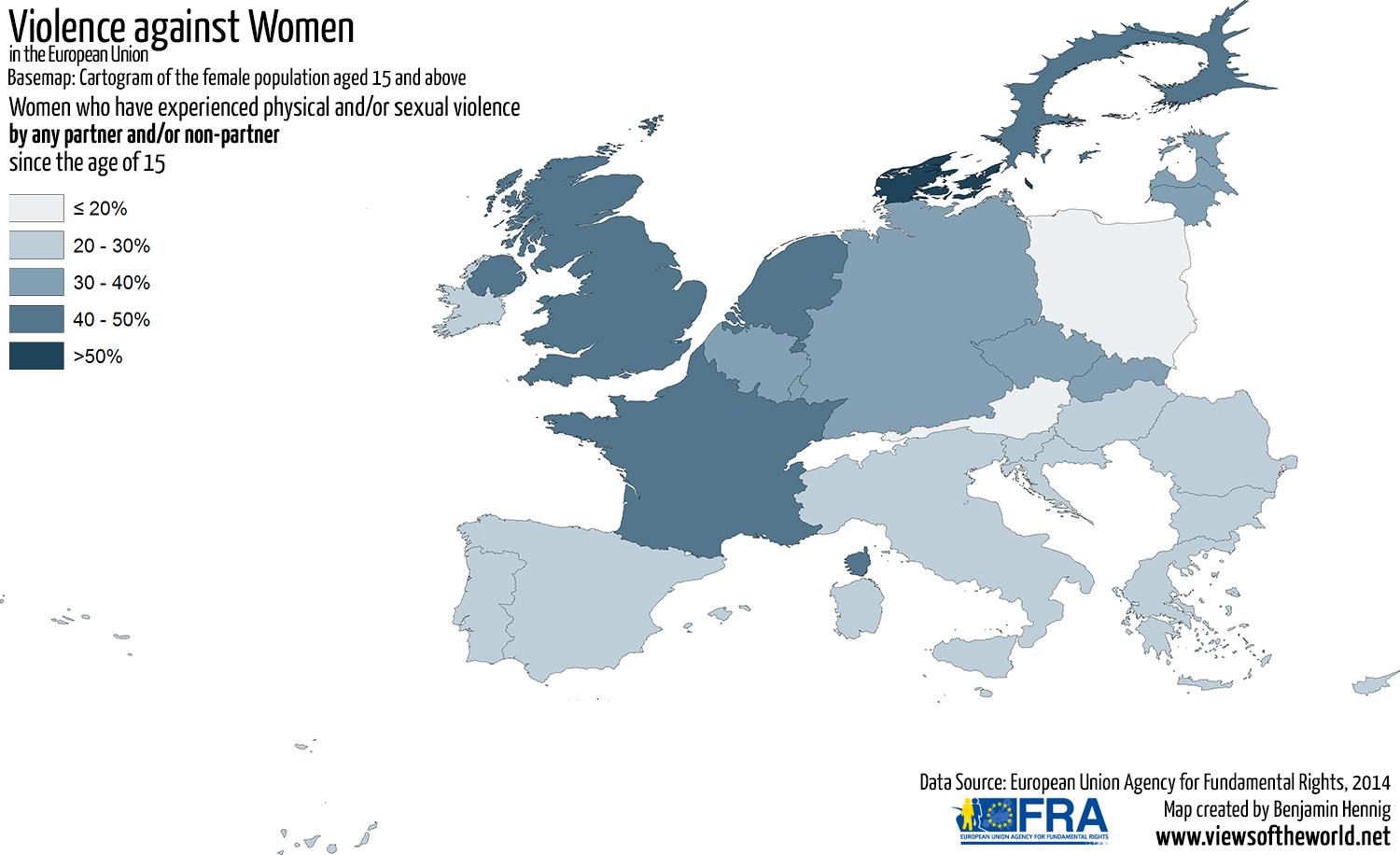Everyone has a responsibility to prevent and end violence against women and girls, starting by challenging the culture of discrimination that allows it to continue.
UN Secretary-General Ban Ki-moon
Today’s International Day for the Elimination of Violence against Women raises awareness for an issue which on the campaign’s website is described as a global pandemic because of the discrimination against women and persisting inequalities between men and women: “35% of women and girls globally experience some form of physical and or sexual violence in their lifetime with up to seven in ten women facing this abuse in some countries. It is estimated that up to 30 million girls under the age of 15 remain at risk from FGM/C, and more than 130 million girls and women have undergone the procedure worldwide. Worldwide, more than 700 million women alive today were married as children, 250 million of whom were married before the age of 15. Girls who marry before the age of 18 are less likely to complete their education and more likely to experience domestic violence and complications in childbirth.”
These problems are a global phenomenon. In a recent report by the European Union Agency for Fundamental Rights it was concluded that “an estimated 13 million women in the EU were victims of physical violence during the 12 months before the survey” and “an estimated 1.5 million women in the EU were raped in the course of those 12 months.”
The following maps show some of the key data of the study in form of cartograms that use the number of adult women as a basemap, meaning that each country of the European Union is resized according to the total number of woman aged 15 and above to which the overlaid statistics relate in the survey. The maps show the real extent of violence against women in the EU. The first map summarises the data, while the second map series below splits the results from the study into violence within and outside relationships:

